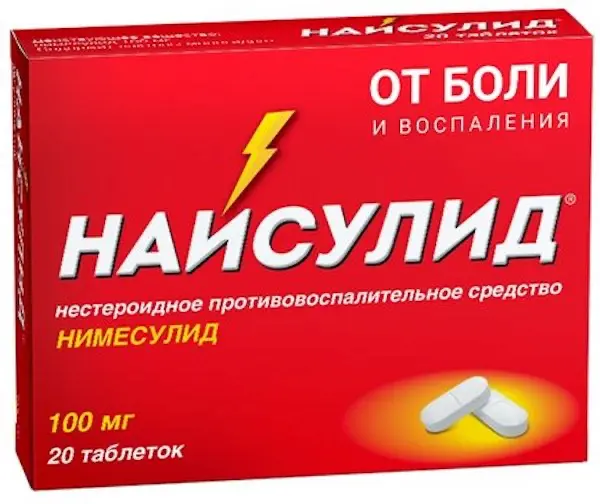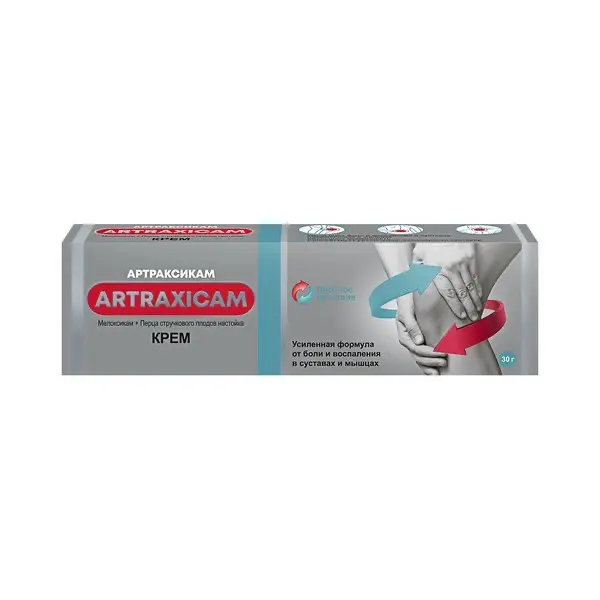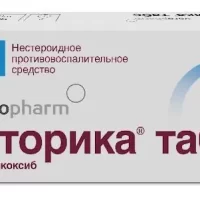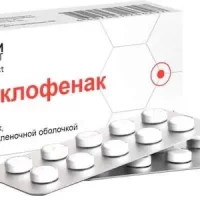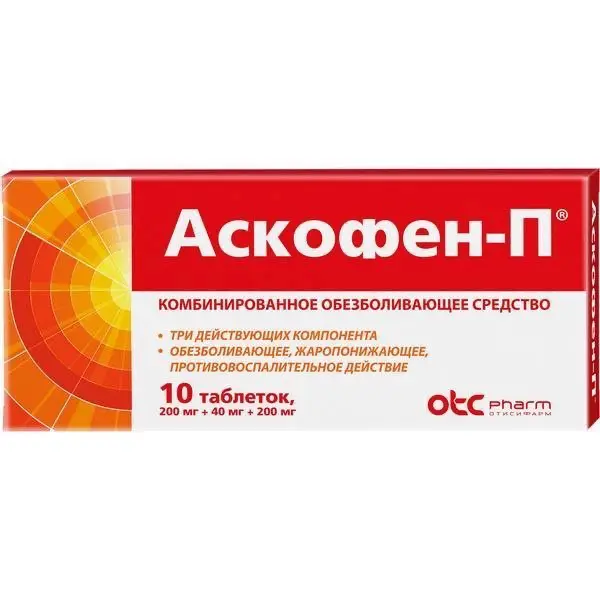Description
Naisulide Pharmacodynamics
Nimesulide is a non-steroidal anti-inflammatory drug (NSAID) of the class of sulfonamides. It has anti-inflammatory, analgesic and antipyretic effects. Nimesulide belongs to a new generation of NSAIDs, the mechanism of action of which is associated with selective inhibition of cyclooxygenase II and effects on several other factors: inhibition of platelet-activating factor, tumor necrosis factor alpha, inhibition of proteinases and histamine.
Indications
Rheumatoid arthritis, joint syndrome with exacerbation of gout, psoriatic arthritis, ankylosing spondylitis, osteochondrosis with radicular syndrome, osteoarthritis, myalgia of rheumatic and non-rheumatic genesis; inflammation of ligaments, tendons, bursitis, including post-traumatic inflammation of soft tissues; pain syndrome of different genesis (including during the postoperative period, injuries, algodysmenorrhea, toothache, headache, arthralgia, lumboishalgia). The drug is intended for symptomatic therapy, to reduce pain and inflammation at the time of use, does not affect the progression of the disease.
Contraindications
– Hypersensitivity to nimesulide or other components of the drug;
– complete or incomplete combination of bronchial asthma, recurrent nasal or paranasal sinus polyposis and intolerance to acetylsalicylic acid and other NSAIDs (including history);
– anamnestic data on the development of hepatotoxic reactions when using nimesulide drugs;
– concomitant use with other drugs with potential hepatotoxicity;
– inflammatory bowel disease (Crohn’s disease, ulcerative colitis) in the acute phase;
– period after coronary artery bypass grafting;
– erosive-ulcerative changes of the mucous membrane of the stomach and duodenum, active gastrointestinal bleeding;
– history of cerebrovascular bleeding;
– hemophilia and other blood clotting disorders;
– decompensated heart failure;
– severe renal insufficiency (creatinine clearance <30 ml/min), advanced renal disease, confirmed hyperkalemia;
– hepatic insufficiency or any active liver disease;
– alcoholism, drug addiction;
– lactase deficiency, lactose intolerance, glucose-galactose malabsorption;
– Pregnancy and breastfeeding;
– children under 12 years of age.
Dosage and administration
- For oral administration. Minimum effective dose of the drug should be used for as short a course as possible.
- The tablets are taken with plenty of liquid, preferably after meals. In case of gastrointestinal tract diseases, it is recommended to take the drug at the end of a meal or after a meal.
- Adults: 100 mg twice a day. The maximum daily dose for adults is 200 mg.
- Children over 12 years of age take 100 mg up to twice a day.
- The duration of the treatment course is not more than 15 days.
- Patients with chronic renal failure of mild or moderate severity (creatinine clearance 30-60 ml/min) do not require dose adjustment.

